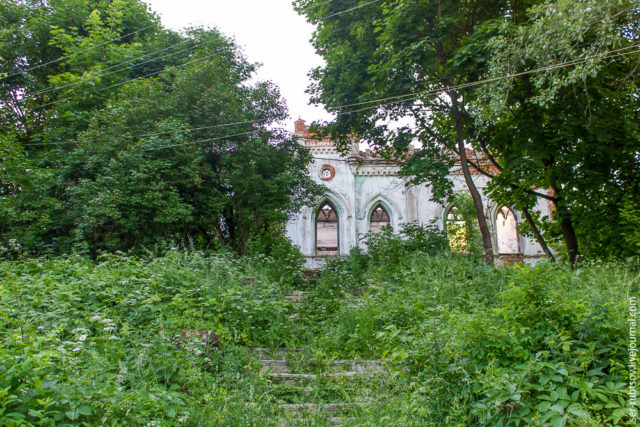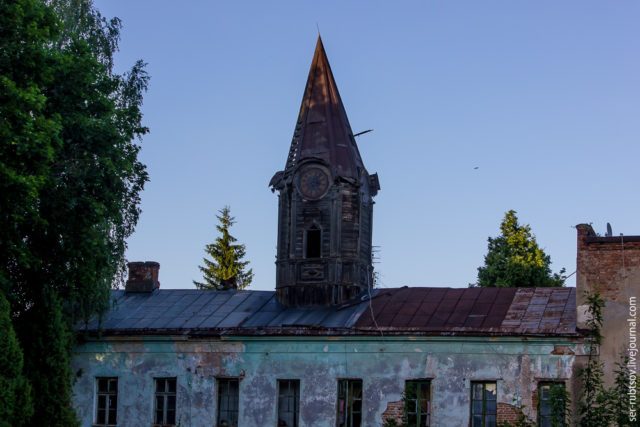In the village of Kolosovo, located about ten kilometers (six miles) away from the city of Aleksin in the Tula region of Russia, is an abandoned estate with a ruined structure so grand it is sometimes referred to as a castle.
Since the village itself is not abandoned, the local residents always keep a careful eye on visitors to the estate. However, some urban explorers report that they’re also quite friendly and willing to answer questions.
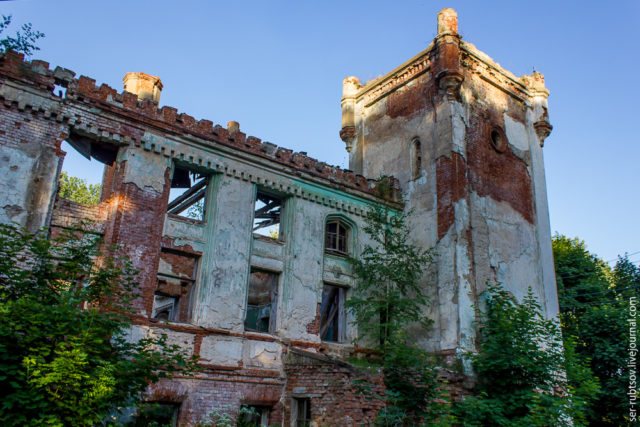
The estate was built in the first quarter of the 19th century in a classic style. Its first owner was Dmitry Chertkov, an influential courtier and a leader among the nobility. He was born into a noble family in 1824 and received an excellent education at the Imperial Tsarskoye Selo Lyceum.
Dmitry himself owned many estates, amounting to 7,150 acres with over 1,000 tenants and workers. However, the first parts of the structure in Kolosovo were built by Dmitry’s father, Alexander Chertkov, and were inspired by his trips abroad.
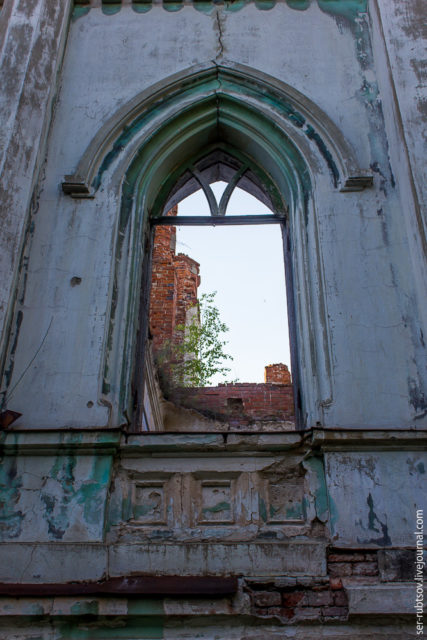
Alexander Chertkov erected the manor building for his son and records suggest that there were several buildings lining a central avenue and that the architecture was in the style of the Russian Empire at the time of Alexander.
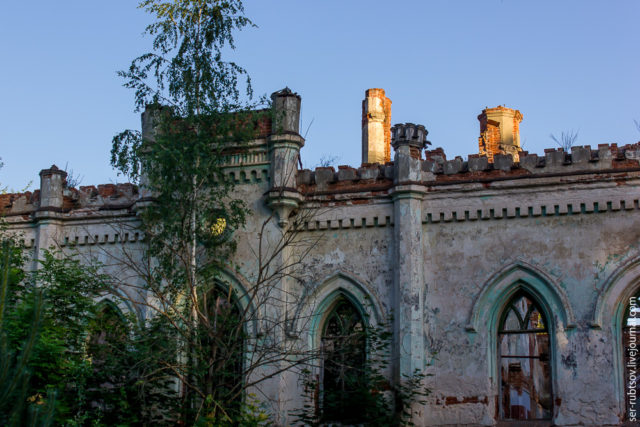
At the end of the 19th century, the estate came into the possession of state adviser Claudius Paskhalov after Dmitry Chertkov passed away. Paskhalov set about renovating the building and turned it into a Gothic castle in the 1890s.
It seems that Paskhalov didn’t completely destroy the original buildings but instead designed his own buildings to both complement and elegantly contrast with Chertkov’s work.
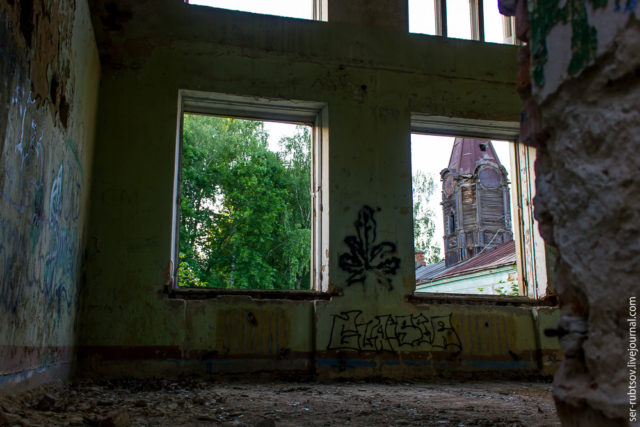
Unfortunately, after the revolution in 1917, the estate was ransacked by a group of raiders. It was left in this dilapidated state by its owner until a little later when an agricultural school was set up in this building.
In 1949, the agricultural school became the Aleksinsky Hydrometeorological College. At this point, there was a need for a new and better building for the educational institution. By the end of the 20th century, a new building for the college had been constructed and the school immediately moved there.
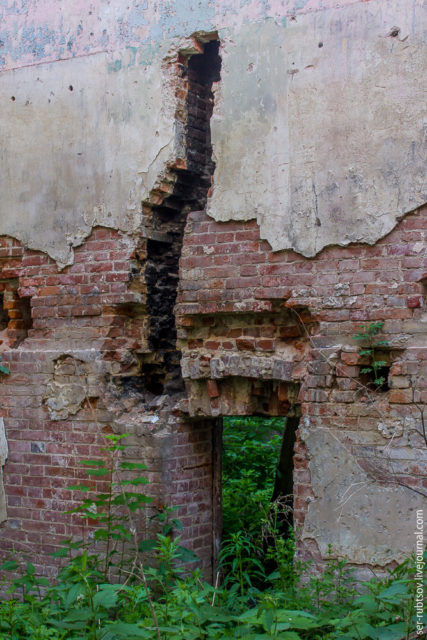
After that, Kolosovo Castle was abandoned. Over time, due to the lack of proper attention and any use, the building fell into disrepair and began to be reclaimed by nature.
The condition of the former estate worsened even further after two fires broke out in 2004. It was at this point when the historic interior was destroyed and the roof of the main building fell off altogether. The fire also consumed a unique ceiling that had been made of precious wood.
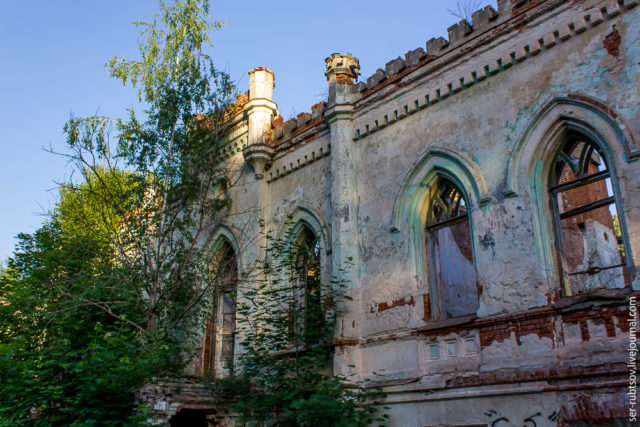
A wooden clock tower managed to escape the flames and has survived to this day along with a rusty dial. Locals use the tower as somewhere to place television antennas, and it’s often a great draw for urban explorers.
Currently, all that remains of the Gothic castle are the ruined walls covered with disintegrating plaster and vegetation sprouting through all the cracks. However, in the grounds can be found evidence of a pool and a fountain.
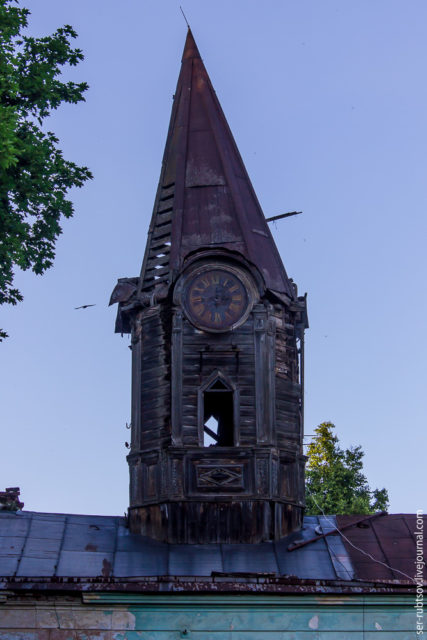
This place is not completely abandoned, however, since reports suggest that there are some residential apartments and even a post office on the grounds.
At the end of last year, local authorities began to actively seek an investor who would purchase this place and restore it to its former glory. Together with the estate, a significant part of the park has been put up for sale as well.
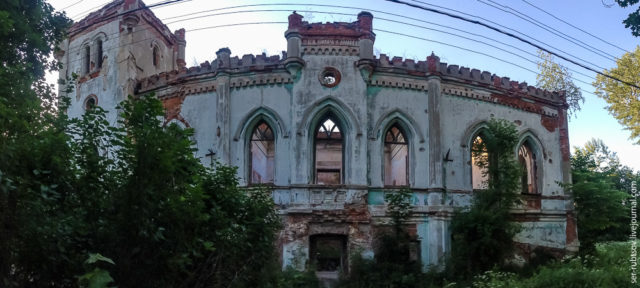
The owner of these amazing photographs is Sergey Rubtsov who lives in Tula and dedicates his LiveJournal blog to the abandoned places of his hometown. Mostly, he visits old manors and churches.
In addition, Sergey publishes the photos taken during his traveling with stories and histories about the locations he’s visited. You can check his LiveJournal account and Instagram page to find more of his travels and photographs.
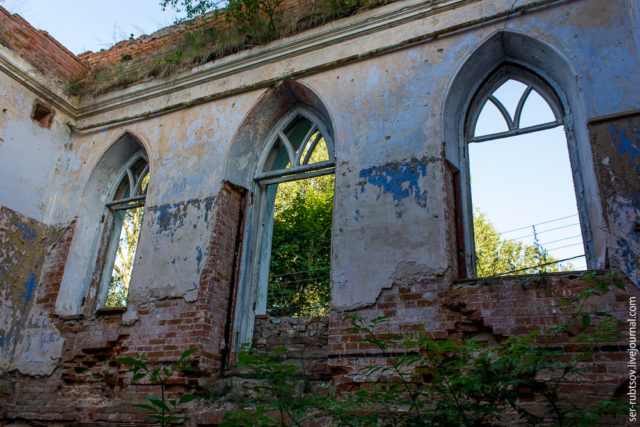
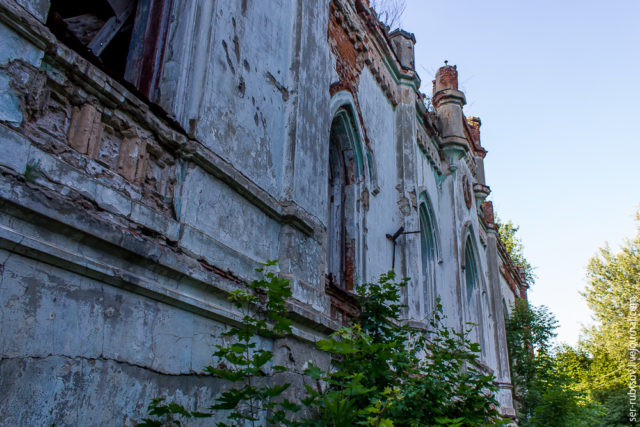
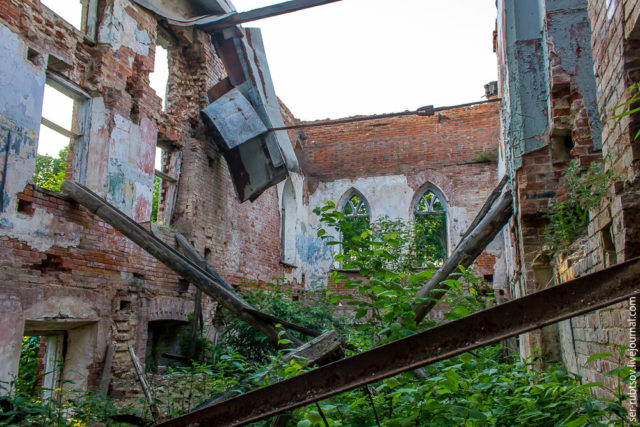
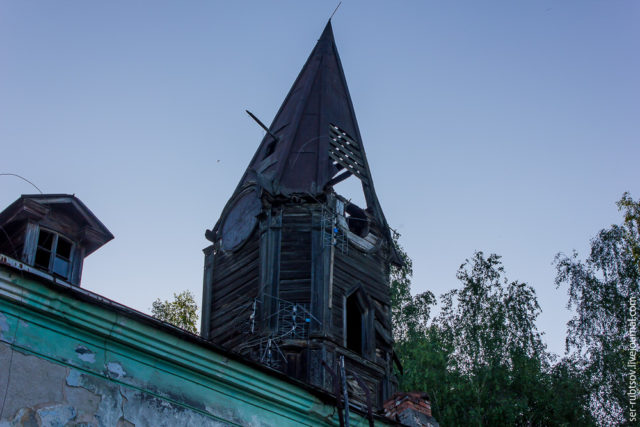
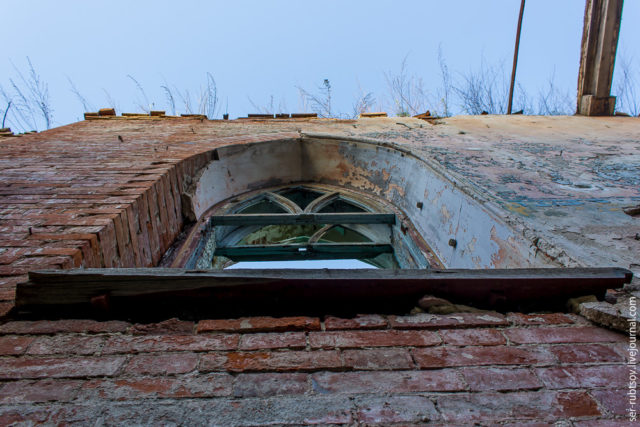
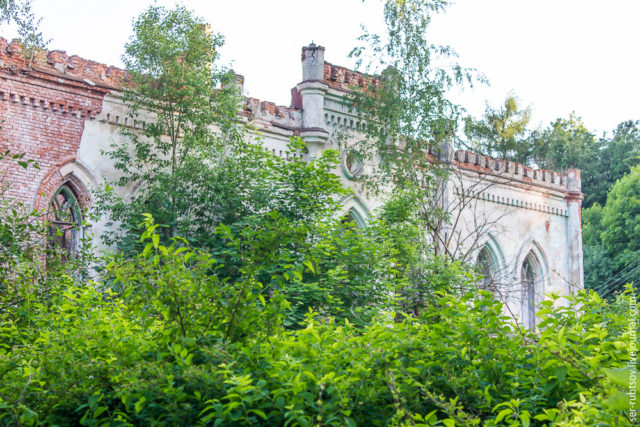
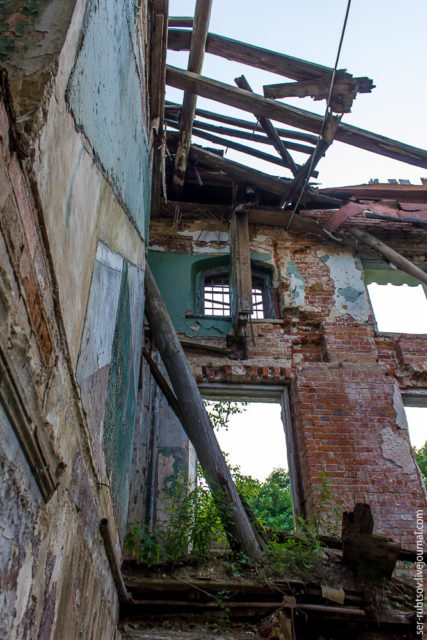
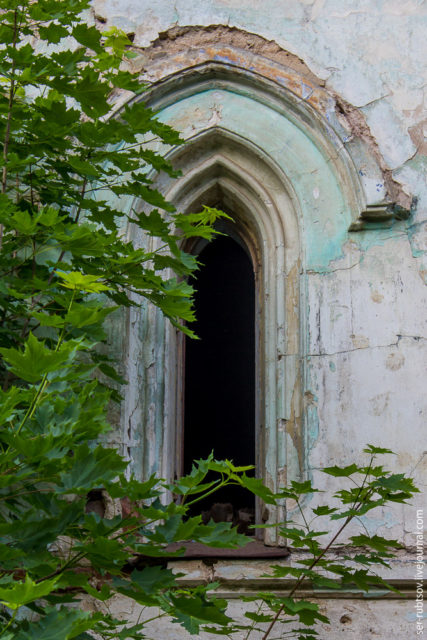
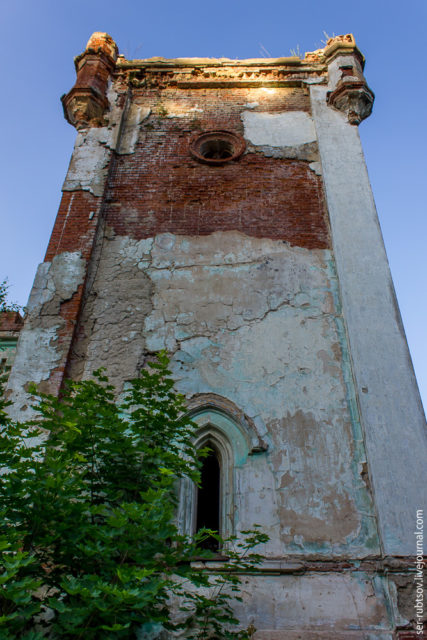
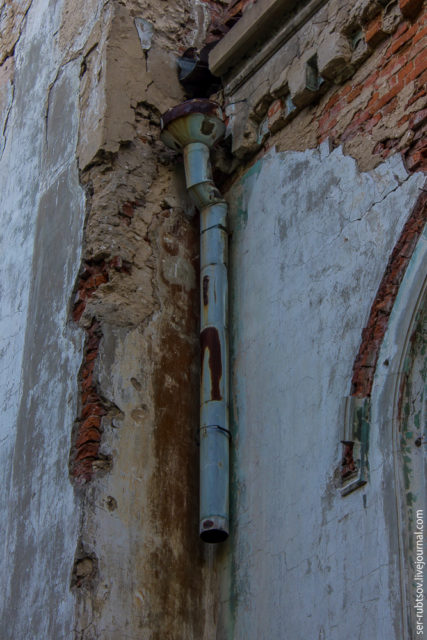
Abandoned Soviet Airbase in Germany
